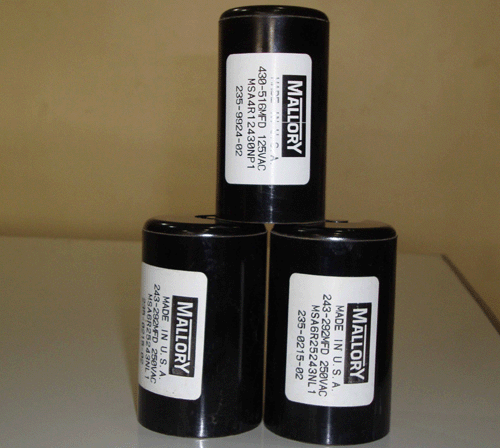How to choose the motor start capacitor?

Since a start capacitor is designed to give a quick burst of energy, it can sometimes burn out. There are two easily identifiable signs that the start capacitor is not functioning normally: if your motor is either not turning on at all, or is slow to start.
If the motor is simply slow to start, your start capacitor may have lost its capacitance rating due to wear and age. It is also possible in this case that you may have other issues with your motor unrelated to the capacitor, but replacing a start capacitor is relatively cheap, so it is a good place to start.
In more serious cases, the motor’s starting circuit might be engaged too long for the intermittent duty rating of the start capacitor. The top of the start capacitor may become dislodged, and the insides may, in some cases, be partially or fully ejected. If start capacitors are left energized too long due to a faulty starting circuit on a motor they can overheat. Similarly, but not quite as dramatic, a start capacitor may just exhibit a ruptured pressure relief blister. If any of these do occur, and damage the capacitor, it must simply be replaced.


